2022 was not only jam-packed with quality anime to watch, but also bursting at the seams with a cavalcade of stellar manga to sit down in an easy chair and lose track of time with. Granted, the majority of my manga reading was done while waiting for Chicago’s better-late-than-never buses and trains, but it made the waiting way more tolerable.
Of course, there were a ton of popular anime-adapted manga that are still ongoing in the year of our lord 2022. However, this list isn’t a popularity contest, and the majority of manga on it aren’t the usual shonen suspects that occupy many a publication’s “best of” list. The following manga are simply what I recommend readers check out, manga that made me bum-rush the Shonen Jump app and my local comic book store to get my next fix. Be sure to comment below and share what manga you’ve been enjoying this year as well.
Akane-banashi
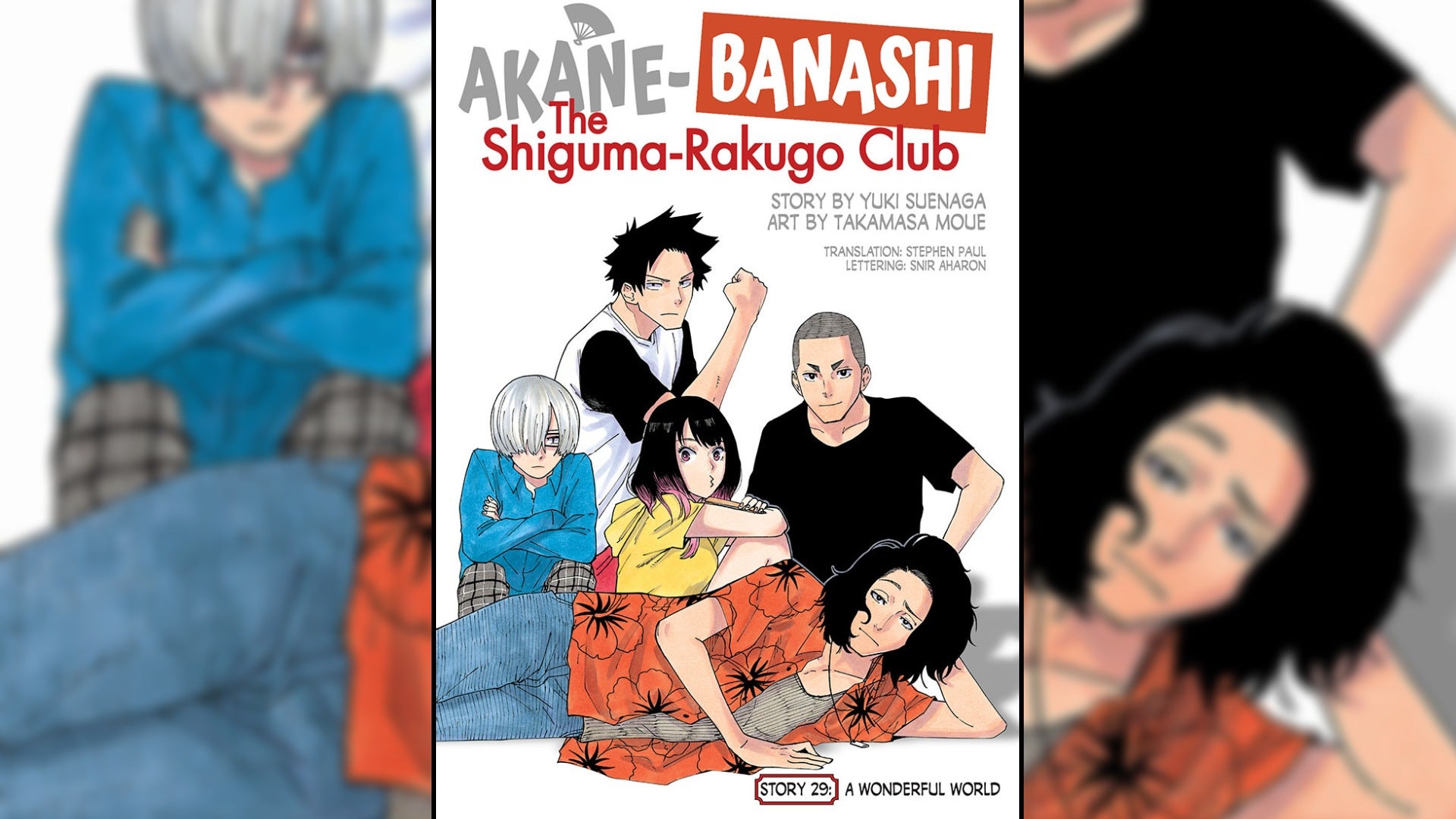
I bow my head to my fellow Kotaku writer, Sisi Jiang, for putting me on Akane-banashi because this manga has become the most consistently great week-to-week read I’ve experienced this year. And that’s including the ongoing releases of popular shonen manga like Jujutsu Kaisen and My Hero Academia. Akane-banashi, by author Yuki Suenaga and artist Takamasa Moue, follows a teenager named Akane Osaki as she plunges into the world of rakugo. Rakugo is a form of theatrical Japanese storytelling where a lone actor, usually a dude, performs comedic or dramatic skits while assuming the role of each character. Akane, who is in the unenviable position of being a young female rakugo performer, pursues rakugo to understand why her father was banished by the elders in the rakugo community.
Read More: This Optimistic New Manga Is Why I Subscribe To Shonen Jump
Every chapter of Akane-babashi is just as captivating as the last, enthrallingly chronicling Akane’s journey into professional rakugo while seamlessly weaving in informative tidbits about the art form. It never ceases to amaze me how effectively Akane-banashi takes a story about artists verbally entertaining an audience and translates it to the black-and-white panels of a manga. Moue’s ability to draw an array of facial expressions on the series’ performers, and the way their auras transport both myself and their audience into the world of their short skits, is masterful stuff. In fact, it’s thanks to Akane-banashi that I say “that’s good rakugo” as shorthand to compliment an author’s captivating diction or an actor’s exemplary line delivery.
Blue Box
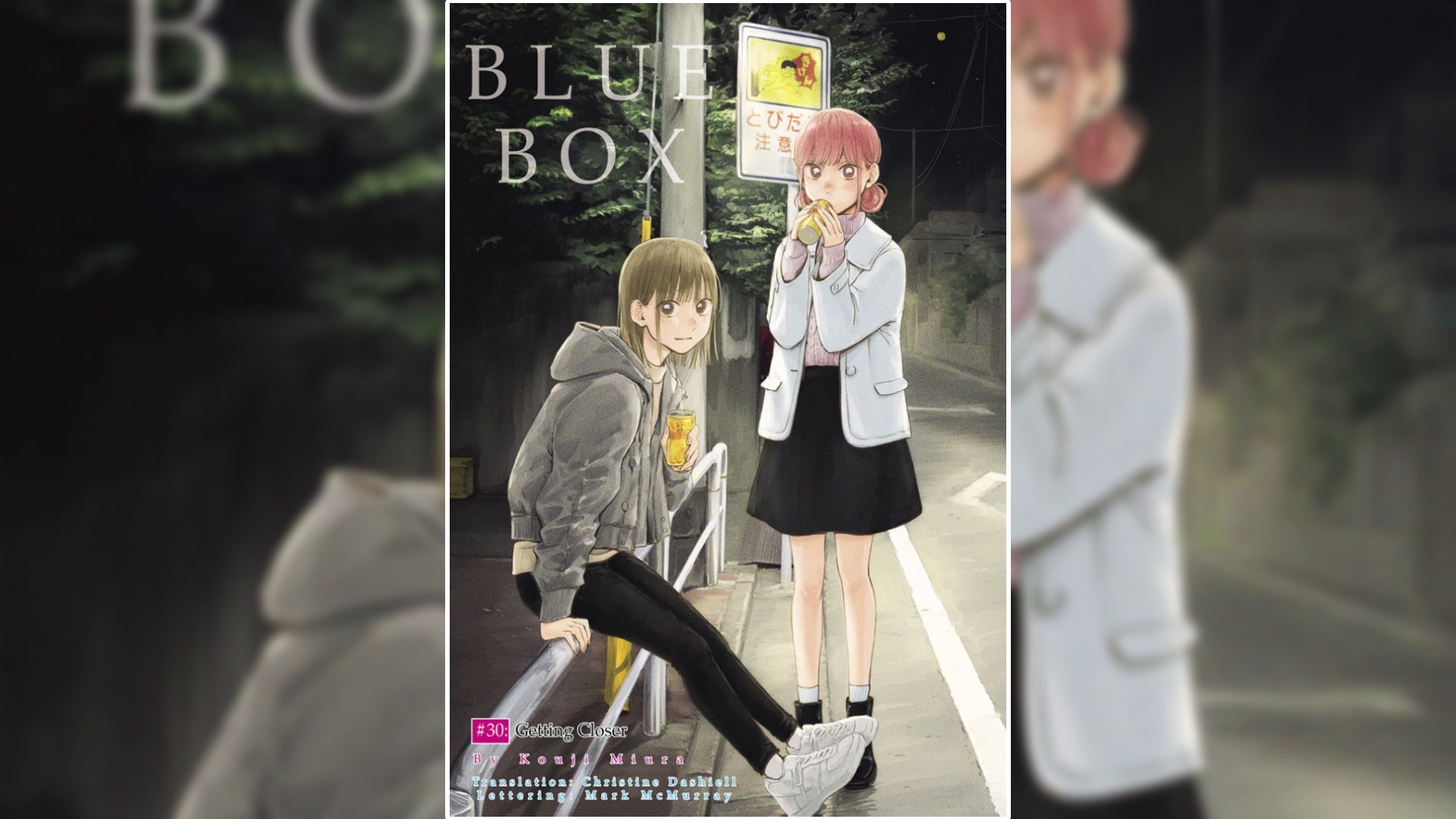
Now this one I found all on my own! Please clap. So hear me out: I usually don’t read sports manga week to week. And romance manga that gives me a twinge of Nisekoi’s endless harem vibes usually goes straight to the bin that’s auspiciously labelled “guilty pleasures.” But Blue Box is a manga I can say with my full chest is one of the better sports/romance stories I’ve read this year. Blue Box, created by Kouji Miura, follows the blossoming romance between two junior high athletes named Taiki Inomata and Chinatsu Kano. Chinatsu and Taiki’s will-they-won’t-they romance is neatly accentuated by how determined they are while training and competing for their respective championships. Because Blue Box is still a romance manga, the pair’s blossoming romance is complicated by the one-two punch of them having to live together, and their tenuous, one-on-one dynamic turning into a love triangle with the inclusion of Taiki’s best friend, Hina Chouno.
Although it occasionally skirts the line of being a full-blown cliche harem romance manga, it consistently sets itself apart with how emotionally mature its characters are. Despite being junior high schoolers, all three characters are acutely aware that they’re initially in love with the idea of being with the person they’ve got a crush on, without really knowing them as people first. While the manga is filled with comedic and dramatic misinterpretations and misunderstandings between the trio, it also takes them to task whenever they project their feelings onto each other, which is a really refreshing change of pace for romance manga. Also, the sports in question in this manga are basketball, something I’ve really gotten into this year, and badminton, a high-key slept-on sport in both real life and fiction.
Goodbye, Eri
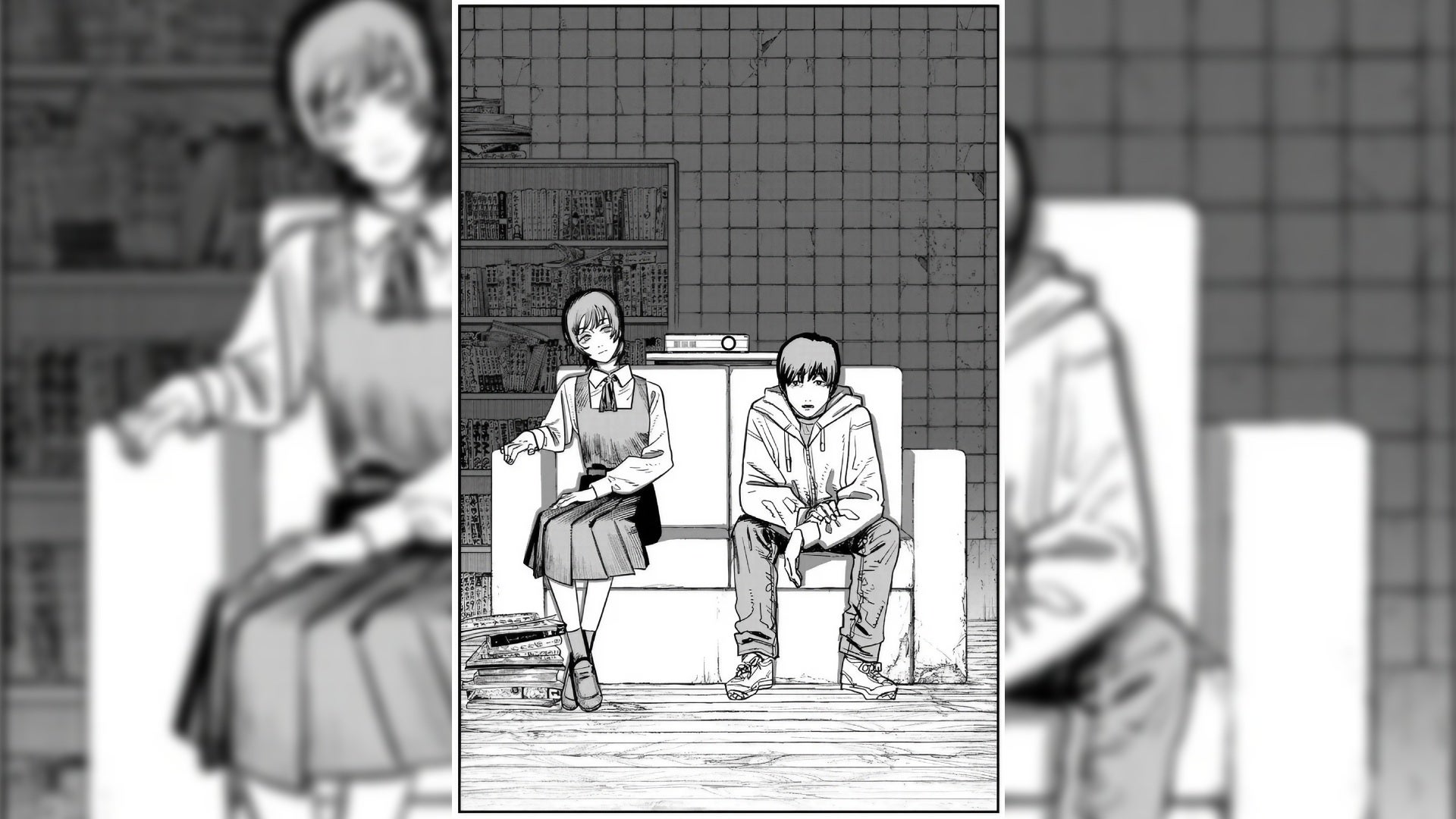
Yes, much like many of you, I too am a weekly Chainsaw Man enjoyer. To be fair, it’s kind of hard not being one when “Chainsaw Man Tuesdays” consists of new manga chapters followed by new dubs and subs of the anime. However, the manga from creator Tatsuki Fujimoto that left the most significant impression on me this year was his one-shot manga, Goodbye, Eri. Admittedly, I was a bit fearful that Fujimoto’s storytelling wouldn’t be able to live up to the feat he demonstrated with Chainsaw Man part one. But after seeing him virtually stretch his writing muscles and flex out Goodbye, Eri’s gripping story, my affinity for the oddball mangaka skyrocketed.
Read More: Chainsaw Man Part 2’s First Chapter Is Exquisite
Goodbye, Eri follows a high schooler named Yuuta as he documents the final moments in the life of his mother, who’s dying from a serious illness. Although I won’t spoil the climax of Yuuta’s documentary, nearly everyone who witnesses it finds it deeply offensive. Before Yuuta lets people’s criticism get the better of him, he forms a bizarre friendship with a mysterious girl named Eri who loved his documentary so much, she volunteers to be his manager.
As is Fujimoto’s style, Goodbye, Eri is filled with cinematic yet repetitive manga panels. Instead of suffering from its repetitive nature, the subtlety in the movement of characters’ facial expressions makes the one-shot manga sing throughout its 200 pages.
Hell’s Paradise: Jigokuraku
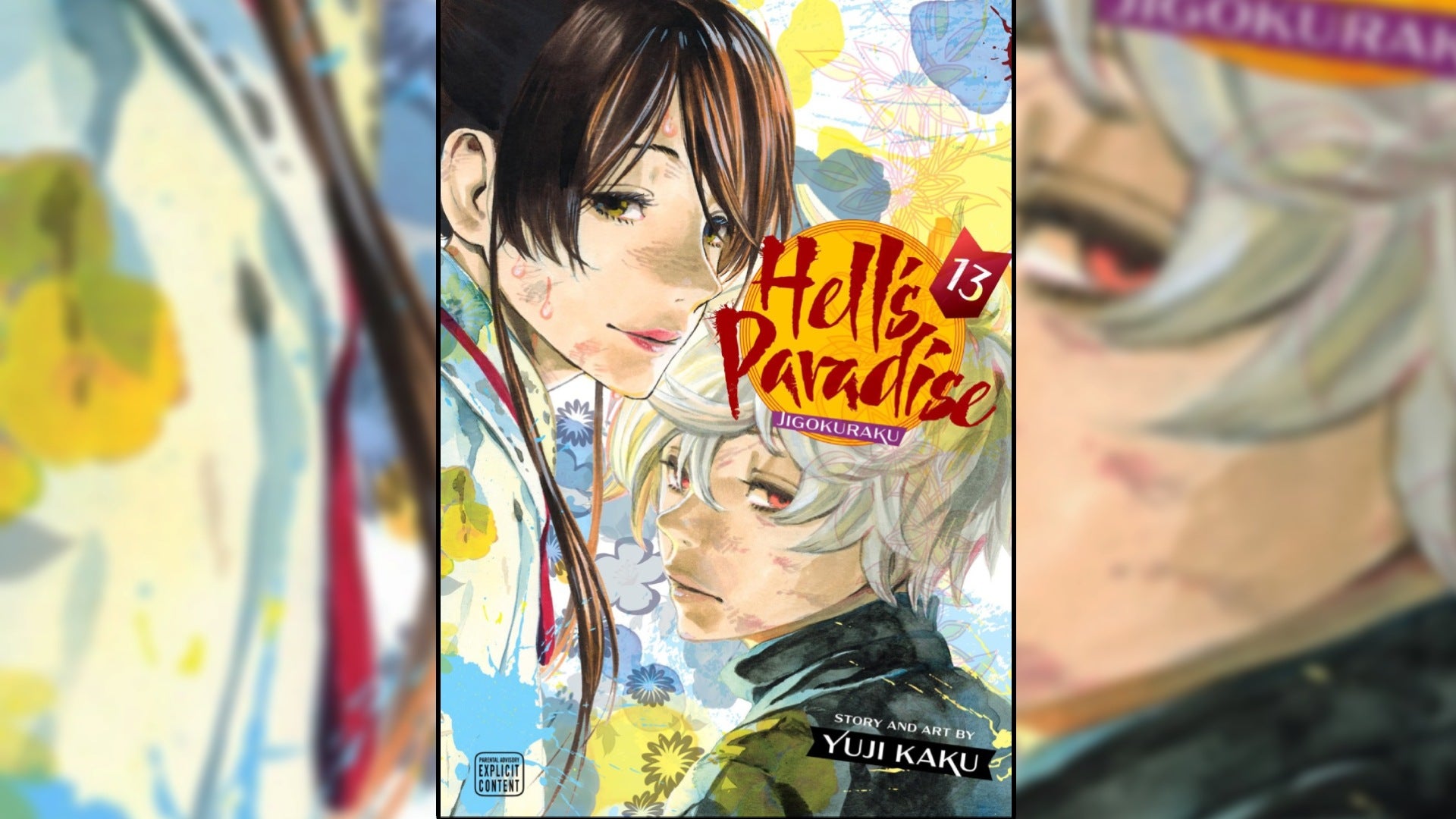
Hell’s Paradise: Jigokuraku is yet another grade-A Sisi Jiang manga recommendation. They’re really good at this. Yes, Hell’s Paradise technically came out a while ago, but you fiends made it damn-near impossible to cop a volume of the manga. I was finally able to find the first volume this year in the most out-of-the-way Barnes & Noble in Chicago so I’m including it on this list.
Hell’s Paradise, by Yuuji Kaku, follows a group of criminals and the executioners tasked with overseeing them as they explore a mysterious island for the elixir of life in exchange for a pardon from the Shogun. Things take a turn when the manga’s suicide squad of criminals encounter the island’s poisonous flora and their equally dangerous immortal denizens.
Read More: Hell’s Paradise Is A Gripping Horror Manga I Binged In 3 Days
Outside of the manga being the only piece of literature brave enough to name its setting after your favourite video game website (that’s us, btw) Hell’s Paradise blew me away with its stellar artwork and the bold direction of its pretty baddies being able to switch sex characteristics on a dime during battle.
One Punch Man

After three years of not reading One Punch Man, I finally decided to get back into it because folks were popping off on social media about how god-like its recent arc was. After hunkering down and getting caught up on the manga, I can definitively say that One Punch Man is, in fact, pretty damn good. No matter how silly a One Punch Man villain looks, they’re never merely cannon fodder for its heroes to conquer. If anything, the sillier the villain’s design, the better the odds that they’ll utterly decimate our heroes. My mind is still buzzing after the culmination of Saitama and Garou’s fight.
Aside from the manga massively tipping the scale in the internet’s favourite machismo debate (Saitama vs. Superman) heavily in the cue-ball’s favour, my favourite aspect of One Punch Man is how beautifully and kinetically movement is drawn in every highly detailed manga panel. No mangaka since Dragon Ball Z’s Akira Toriyama and Grappler Baki creator Keisuke Itagaki has demonstrated such a fine-tuned understanding of manga panel composition to complement the human body in motion like Yusuke Murata. Hell, he could damn well animate the entirety of season three if he wanted to, as he’s proven with his animated short.
One Punch Man “Go! Saitama” animated short film directed by mangaka Yusuke Murata himself.pic.twitter.com/Tp2vHgidfB
— Catsuka (@catsuka) September 23, 2021
RuriDragon
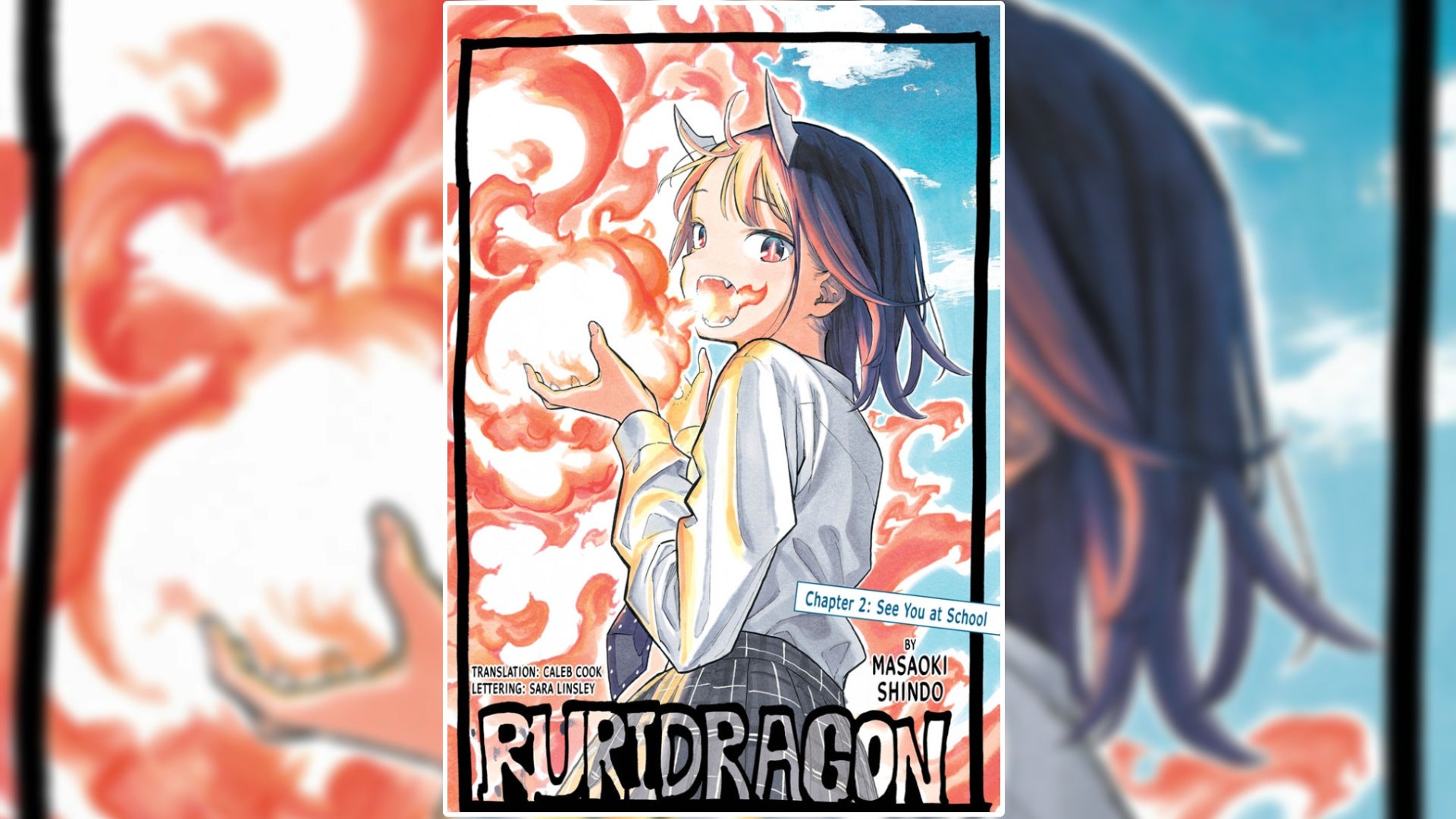
Although this manga has been on hiatus for a spell due to its mangaka’s health, RuriDragon quickly had me captivated by its bizarrely wholesome story about a high school girl coming into her own. One day Ruri wakes up to discover tiny horns on her forehead. Perplexed, she asks her mum what the deal is, only to have her sandbag the bizarre question with the most nonchalant mic drop of the year: her dad is a dragon.
Instead of playing the revelation up for laughs at every opportunity, the manga threw me a swerve by taking Ruri’s bizarre coming-of-age story with the same level of severity as one of those Vice documentaries on YouTube. Although she falls victim to the same exotic stare that many Black folks who’ve attended a majority-white school can attest to, Ruri never succumbs to embarrassment over her bizarre parentage. Instead of taking the easy way out by refusing to go to school, Ruri continues to attend her classes while learning more about her absentee dragon dad. Although I’m still unsure where the story is headed, I’ve been enjoying my stay and hope its mangaka is able to release more chapters.
Read More: Your Favourite Manga Isn’t More Important Than The Creator’s Health
To Strip The Flesh
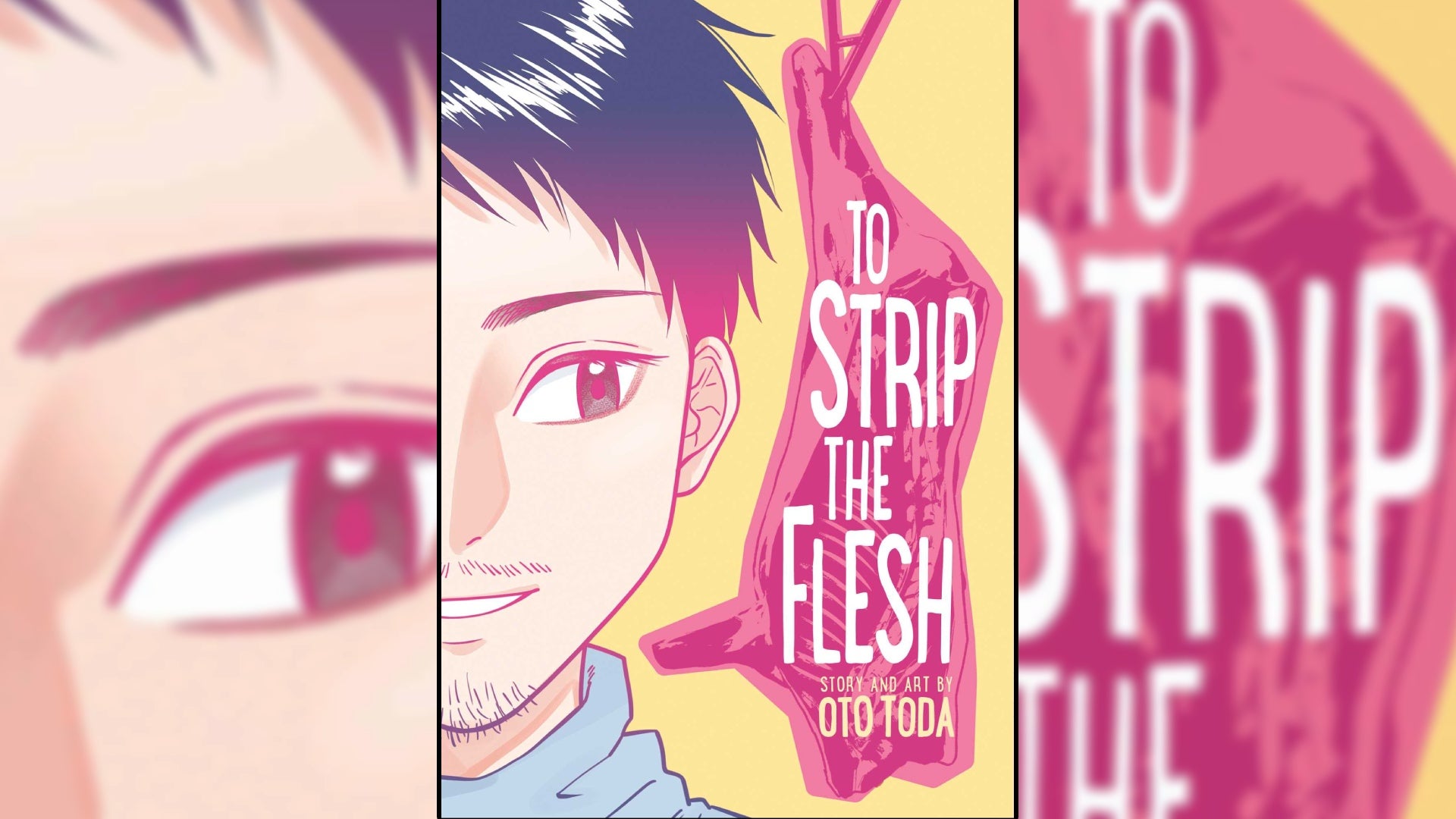
To Strip The Flesh, by Oto Toda, is an anthology manga collection with short stories that centre around the theme of self-discovery. The short story the collection is named after follows a character’s journey of transitioning while wrestling with his mother’s dying wish to be a “good daughter” to his sick father. As one might surmise from the title alone, this manga has some pretty off-putting imagery to illustrate how the family of hunters deals with Chiaki’s transitioning, but its payoff is worth the read. You’re probably best served reading this manga in the sanctity of your own home because out in the wild you’re liable to gather a crowd of onlookers confused by its bizarre imagery. You’ve been warned twice.
Zom 100: Bucket List of the Dead
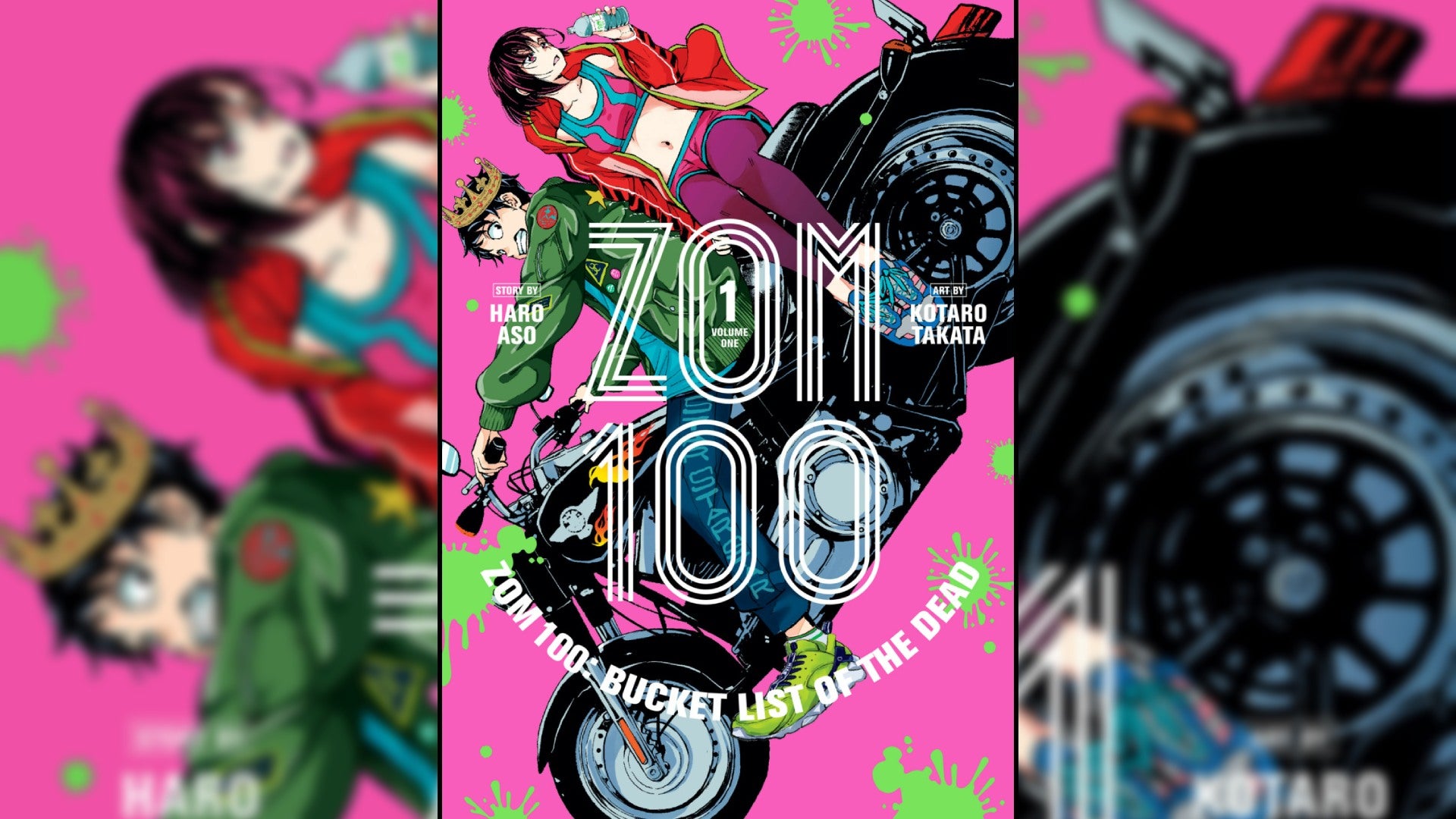
Zom 100: Bucket List of the Dead follows a former office worker named Akira Tendou and his friends as they check off items on their personal bucket lists before succumbing to their fate amid the zombie apocalypse. That synopsis might sound bleak as hell on paper, but Akira’s life was shit way before his world turned into The Walking Dead. Prior to the zombie fest, Akira worked as a “wage slave” for an abusive corporation. Instead of seeing the apocalypse as spelling the end of the world for him, Akira transforms it into an opportunity to do 100 things he never got to do in his previous life. While some of the items on his list (which the manga updates at the start of each volume) are fanciful like getting dreadlocks, cosplaying, or meeting a girl on a dating app, seeing his bewildered excitement upon completing them is inspiring to watch and makes for consistently enjoyable reading.
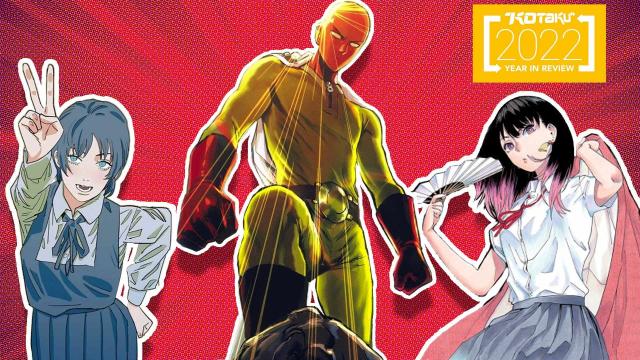
Leave a Reply